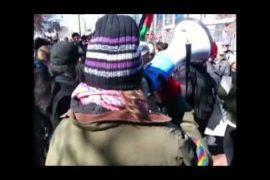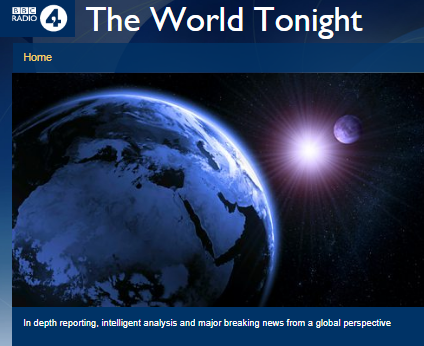1) MEMRI provides a report titled ‘Iranian Officials Acknowledge Iran’s Role In Planning And Executing October 7 Hamas Invasion And Massacres In Southern Israel’.
“On several occasions, Iranian officials have revealed that the Iranian regime was involved in the planning and execution of Hamas’s “Operation Al-Aqsa Flood,” the October 7, 2023 invasion and massacres in southern Israel in which over 1,200 Israelis were killed and over 240 were taken hostage. Statements by these officials contradict the regime’s official stance, as expressed by Iranian Supreme Leader Ali Khamenei on October 10, 2023, that Iran was not involved in the attack.”
2) At the ITIC, Dr. Raz Zimmt documents ‘Considerable effort by Iran to emphasize the continued support for the “resistance front” following the election of President Pezeshkian’.
“Following the election of Masoud Pezeshkian as president of Iran on July 5, 2024, there has been a marked effort by Iran to emphasize its commitment to continuing support for the “resistance front” it leads. This is apparently due to concerns among elements of the pro-Iranian axis in the region about the consequences of the election of the reformist-leaning president, especially in view of the ongoing Iranian-led regional campaign and the fear of a possible deterioration into an all-out confrontation between Israel and Hezbollah.”
3) At the JCPA, Khaled Abu Toameh explains why ‘For Many Palestinians, the “Day After” Should Look Like the Day Before October 7’.
“More than nine months after the Israel-Hamas war began, many Palestinians are convinced that the “day after” in the Gaza Strip will be a return to the pre-October 7 era, in which the Iran-backed terrorist group still has control of the coastal enclave. For them, the “day after” means going back to the day before the Hamas-led attack on Israel.
Today, Palestinians fall into two groups: those who hate Hamas but think that under the current circumstances, it is impossible to remove it from power, and those who want Hamas to stay in power because they embrace it and its extremist ideology.”
4) Arman Mahmoudian looks at ‘How Hezbollah Grew Over Four Decades, Profiting From Chaos’.
“While the chaos abroad has enabled Hezbollah to expand its regional influence, internal chaos serves the same purpose. Over 80% of Lebanese are living in poverty due to the country’s financial turmoil and the devaluation of Lebanon’s pound. These dire circumstances have helped Hezbollah. Its financial backbone, the Al-Qard Al-Hasan Association (AQAH), has been offering Lebanese personal loans in exchange for gold and foreign currency, making Hezbollah the largest holder of gold reserves in the country. Additionally, Hezbollah, through its global financial network, including gold mines in Venezuela, has been injecting foreign currency and gold into Lebanon. Given the weak value of the Lebanese currency, this has granted Hezbollah enormous purchasing power, enabling the militia to extend its economic presence by acquiring numerous construction and solar energy projects.”
5) A TTPI podcast with Dr Jonathan Spyer discusses ‘Israel’s Year of Dangerous Living’.





